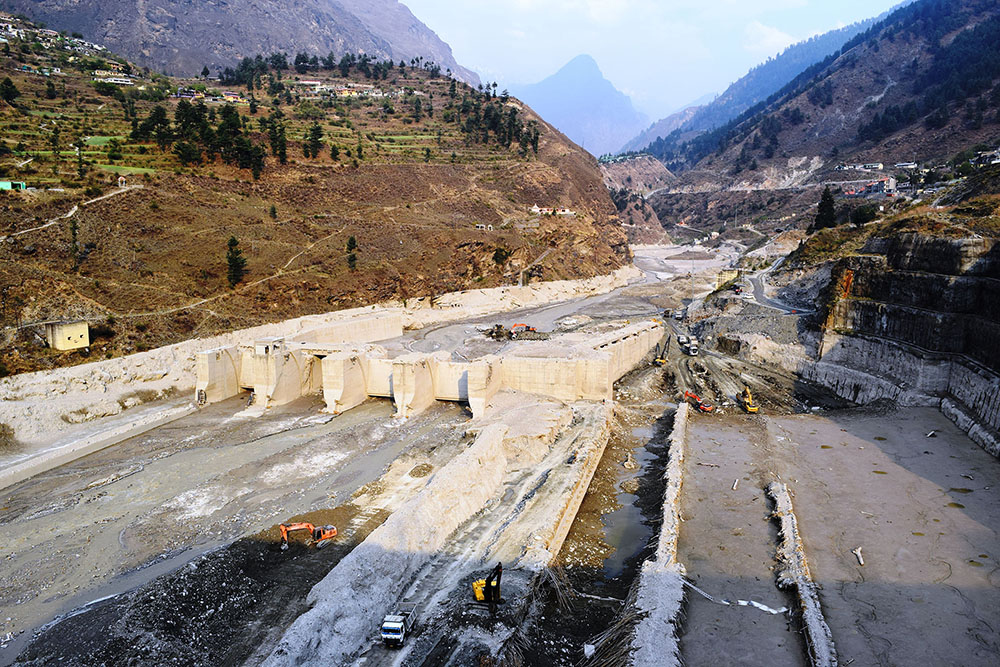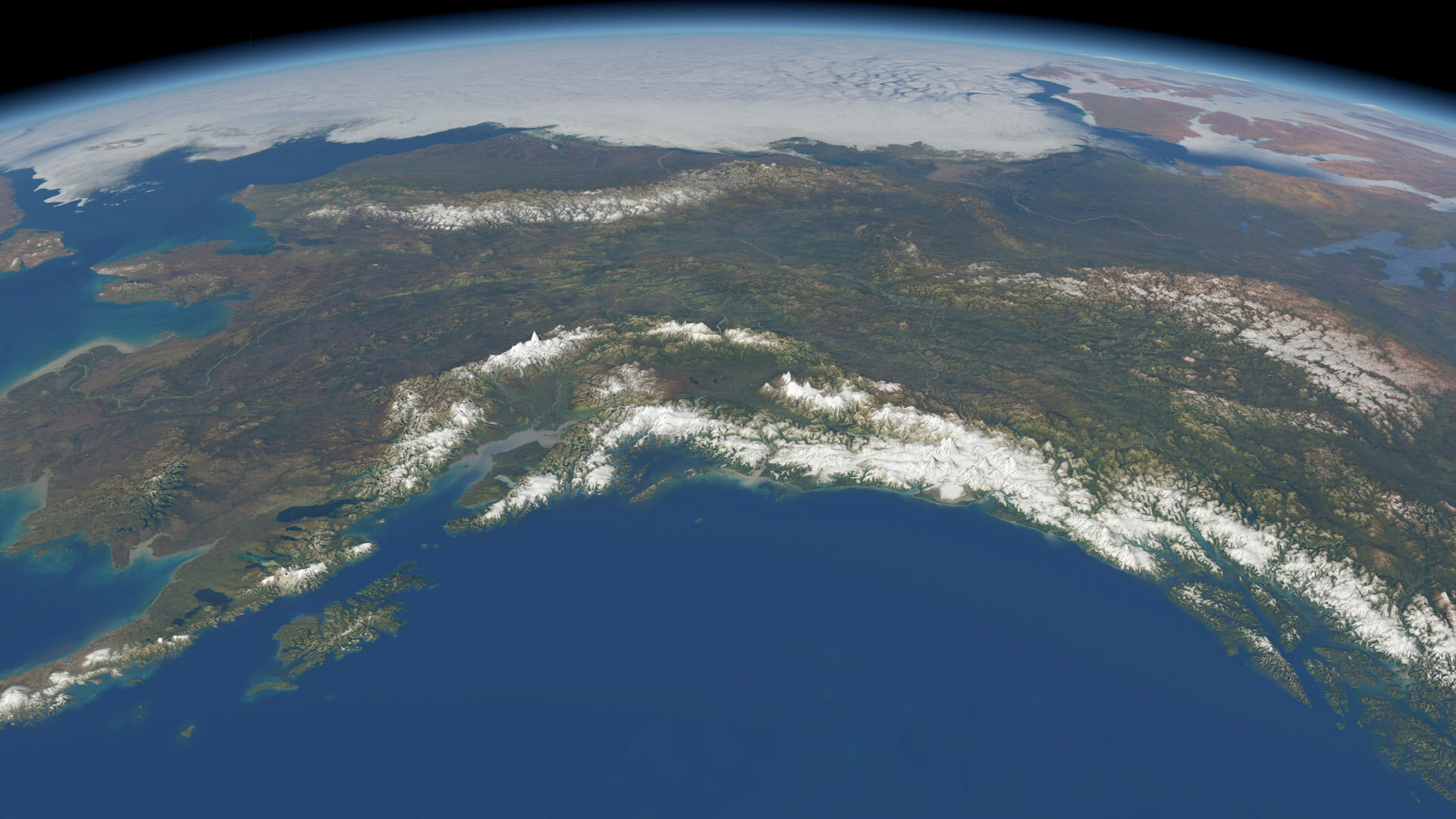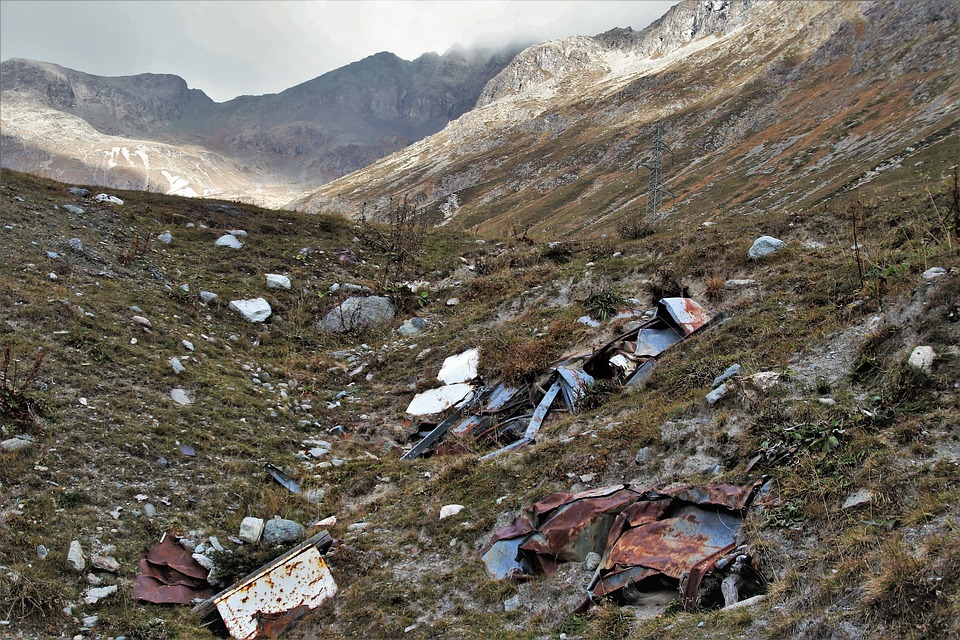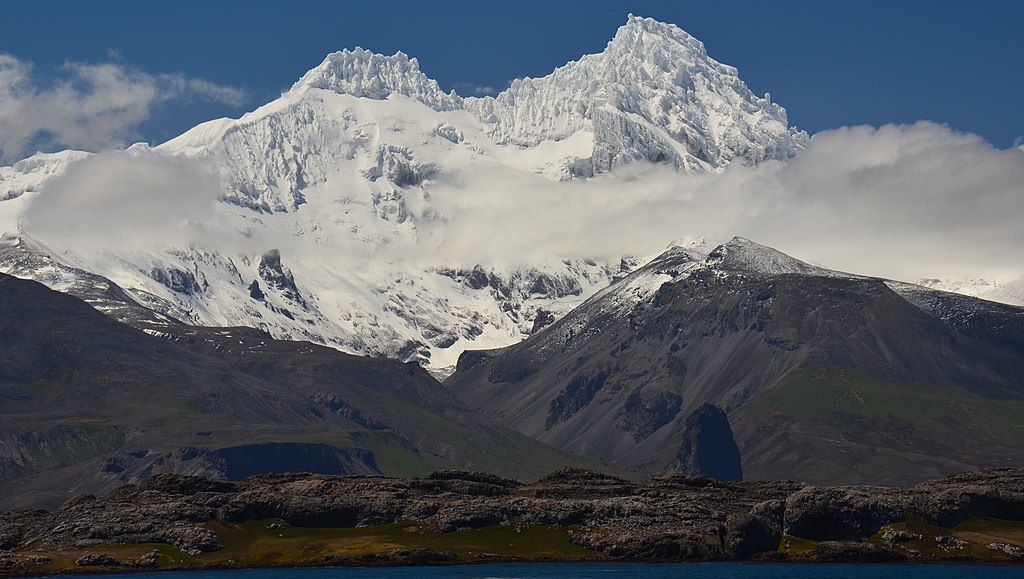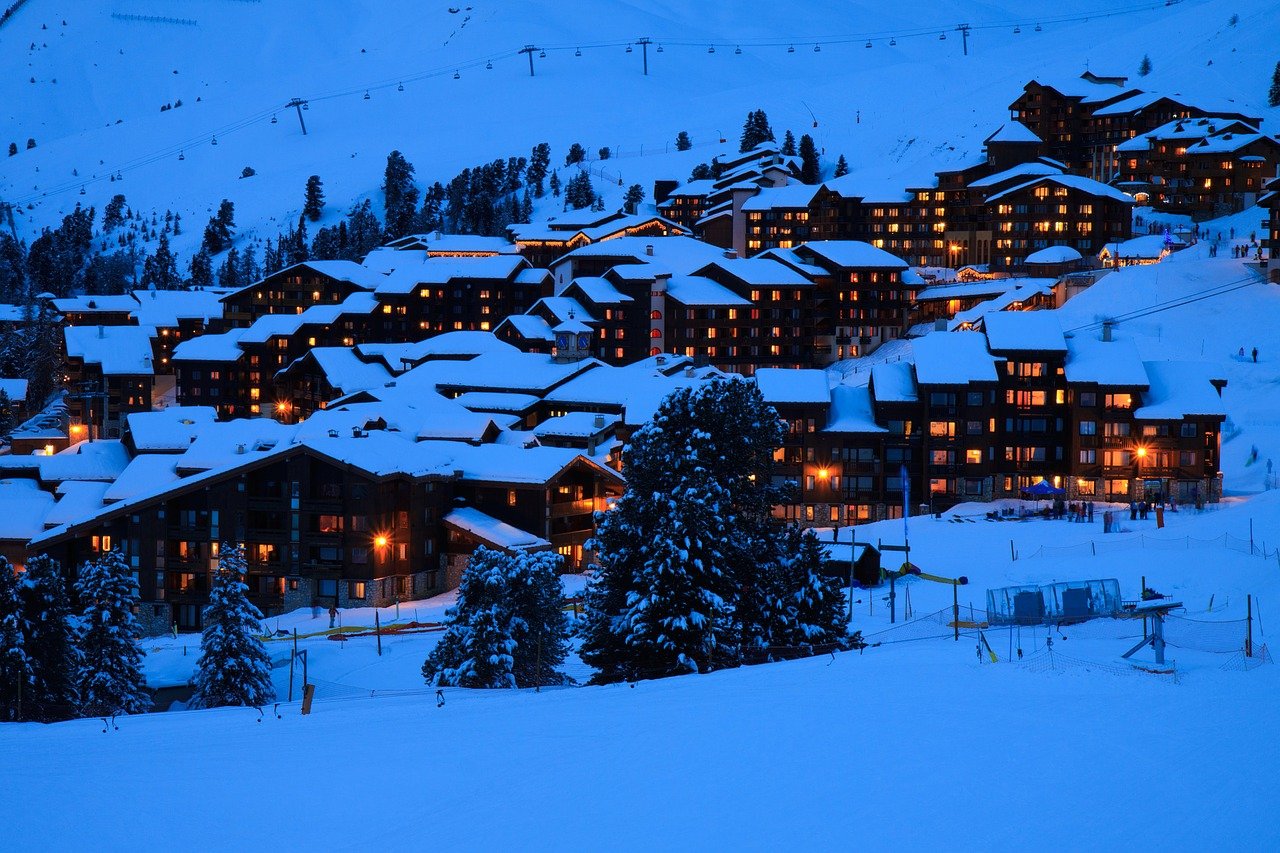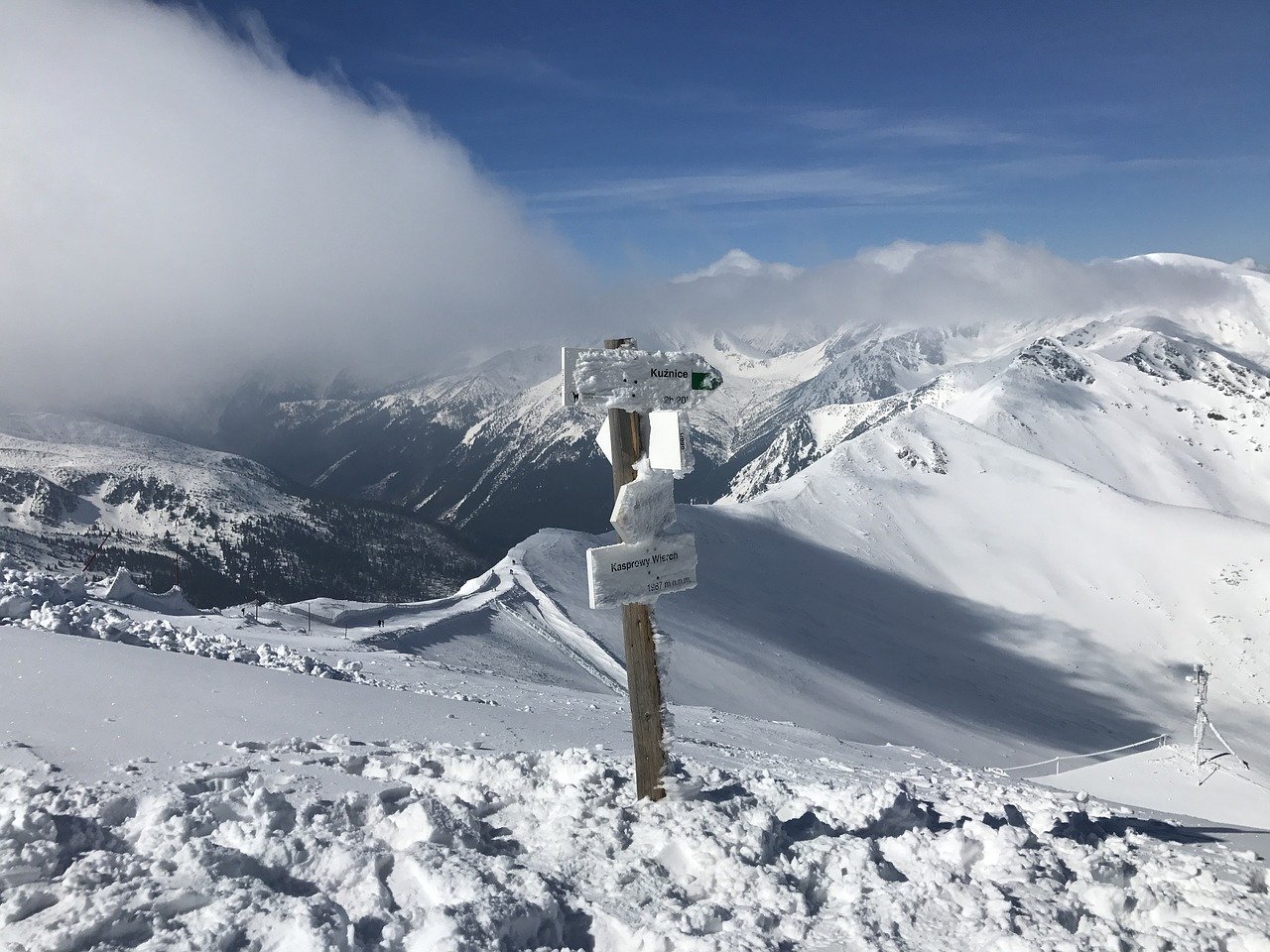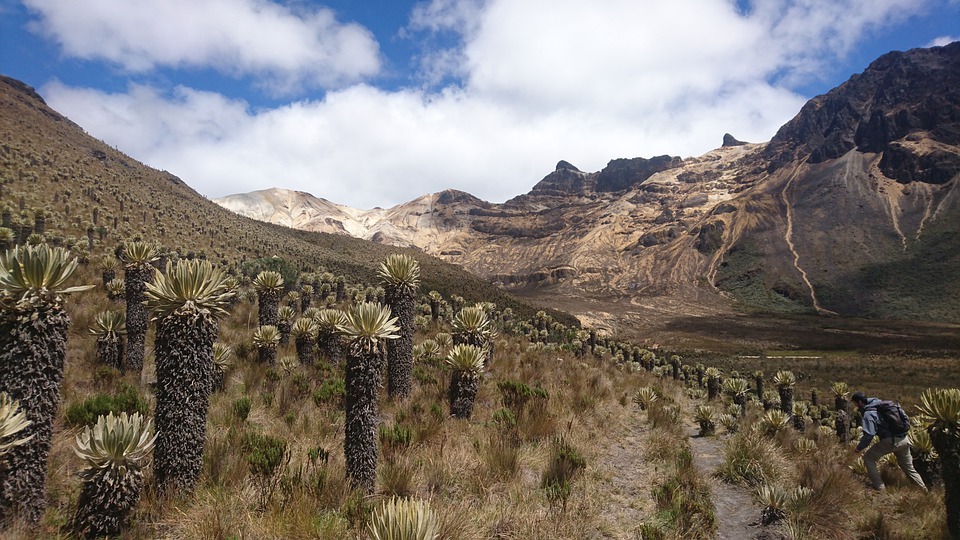News
- Details
- Category: Global News
Some four months ago, a devastating flood ravaged the Chamoli district in the Indian Himalayas, killing over 200 people. The flood was caused by a massive landslide, which also involved a glacier. Researchers at the University of Zurich, the WSL and ETH Zurich have now analyzed the causes, scope, and impact of the disaster as part of an international collaboration.
On 7 February 2021, a massive wall of rock and ice collapsed and formed a debris flow that barreled down the Rishiganga and Dhauliganga river valleys, leaving a trail of devastation. The flood took more than 200 lives and destroyed two hydropower plants as well as several roads and bridges. A large international team including researchers from the University of Zurich (UZH), the Swiss Federal Institute for Forest, Snow and Landscape Research (WSL) and the ETH Zurich came together immediately after the disaster and began to investigate the cause and scope of the flood and landslide. Their study used satellite imagery, digital models of the terrain, seismic data and video footage to reconstruct the event with the help of computer models.
- Details
- Category: Global News
With global warming decreasing the size of New Zealand’s alpine zone, a University of Otago study found out what this means for the altitude-loving kea.
The study, published in Molecular Ecology, analysed whole genome DNA data of the kea and, for the first time, its forest-adapted sister species, the kākā, to identify genomic differences which cause their habitat specialisations.
- Details
- Category: Global News
New research based on information from the European Space Agency’s CryoSat mission shows how much ice has been lost from mountain glaciers in the Gulf of Alaska and in High Mountain Asia since 2010.
As our climate warms, ice melting from glaciers around the world is one of main causes of sea-level rise. As well as being a major contributor to this worrying trend, the loss of glacier ice also poses a direct threat to hundreds of millions of people relying on glacier runoff for drinking water and irrigation.
- Details
- Category: MRI News
Hard and soft plastics are the most common types of waste encountered at altitude by mountaineers, the first survey of its kind has found — with two-thirds of mountaineers spotting litter most or every time they set foot on a mountain.
- Details
- Category: MRI News
A new article published in the journal One Earth proposes a set of potential Essential Mountain Climate Variables to support the monitoring and understanding of key climate change-related mountain processes. The article builds upon a workshop organized by GEO Mountains and hosted by the MRI.
Climate change is having a range of effects on mountain environments and the critically important ecosystems services they provide. Decision-makers rely on the mountain research community to monitor, understand, and predict possible future changes in these complex, interacting processes. For instance, global assessments, local and regional climate modeling, and climate change adaptation and mitigation all require consistent, long-term, and inter-comparable environmental observations.
- Details
- Category: MRI News
New research maps English-language scientific journal articles that analyze the climate change adaptation options planned or implemented in European mountain regions – and finds key knowledge gaps in academic literature that need to be addressed. MRI Executive Director Carolina Adler is among the authors.
European mountain regions have already been impacted by climate change, and this is projected to increase in the future. These mountain regions experience rapid changes, which influence social-ecological systems in the lower-mountain and floodplain regions of Europe. However, there is scattered evidence across different strands of academic literature on the ways in which the impacts of changing climate in mountain regions are addressed and adaptive capacity is enhanced.
- Details
- Category: MRI News
A new study investigates how eleven global sustainability-oriented research networks – the MRI among them – can effectively contribute to co-production of knowledge and action towards sustainability transformations, and introduces a strategic tool to support this process.
An increasing number of voices highlight the need for science itself to transform and to engage in the co-production of knowledge and action in order to enable the fundamental transformations needed to advance towards sustainable futures. But how can global sustainability-oriented research networks engage in co-production of knowledge and action?
- Details
- Category: MRI News




